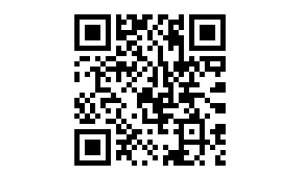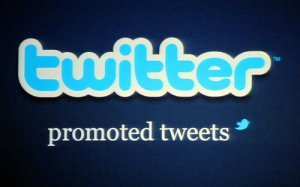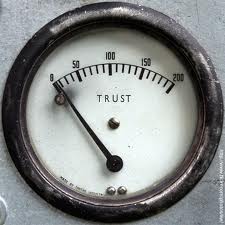 It was last May that I made the decision to take a social media class. The reason? I’d read an article in the guardian (here) suggesting ways that charities could use QR codes. The headline promised that, “QR codes can be used to engage donors and make their donation journey quick and easy – and they’re free to create.” It went on to describe various successful p.r. campaigns in the U.K. that have used QR codes to direct people to information (awareness around issues) and easy ways to help (volunteer, membership and fundraising).
It was last May that I made the decision to take a social media class. The reason? I’d read an article in the guardian (here) suggesting ways that charities could use QR codes. The headline promised that, “QR codes can be used to engage donors and make their donation journey quick and easy – and they’re free to create.” It went on to describe various successful p.r. campaigns in the U.K. that have used QR codes to direct people to information (awareness around issues) and easy ways to help (volunteer, membership and fundraising).
While I found this interesting – and I’m in this course because it made me realize how far we’ve come with social media – I couldn’t have been one of the charitable people that made these campaigns successful – not because I don’t give – but because until this past Sunday – my smartphone didn’t have a QR reader.
I’ve seen the little decorative boxes on pamphlets, food packaging, posters in the subway, and ads on television. But, when I found out that my smartphone didn’t come loaded with a “decoder” I lost interest. As much as the guardian article had sparked excitement in me for digital p.r. – I couldn’t be bothered to search, download and pay an additional fee. Then Boyd offered up this week’s assignment challenge. Since I’m already a Foursquare user, and I know a fair bit about HUDS (since I love sci-fi),what was left were those little squares. So, I broke down and loaded the QR Droid onto my smartphone (wasn’t hard at all – and it was free).
The single biggest learning this past week has been how wide-spread the use of these little squares has become. It seems that since I wasn’t looking for them, I hadn’t noticed their increase in popularity. While there are still some nay-sayers out there, a simple look through my mail this week supports the view that they’re not dead nor dying. In an August, 2012 article on QR codes in Ragan’s PR Daily (here), Hubspot‘s head of advertising, Doug Slagen was quoted as saying, “With more sophisticated technology being in the hands of a larger percentage of the masses, there will be a paralleled growth with QR codes as their general applicability lies with smartphones.” I think he’s right. Especially now that more and more android devices come equipped with the readers (many of you won’t/don’t have to any longer take that extra step like I did).
So, if that’s the case, if more of us will have/have already the ability to access what’s in those tantalizing little boxes – then p.r. has some real opportunities to connect with our publics.
I mean, I love the idea of these little boxes. Looking at them, they remind me of the surprise bags we used to buy as kids. In the same way I couldn’t wait to open up those bags to see what goodies were inside, over the past few days, I’ve been scanning like crazy to find out what surprises these boxes hold. Mostly, it’s been disappointing – the content was boring, not interesting, not engaging, not even necessarily informative. BUT – then came this! —
Embedded in the same Ragan’s PR Daily article (referred to above) was a link to inspiration: Emart Sunny Sale Campaign – 3D Shadow QR Code . You’ve got to watch this video! I love this! I love it not just because of where the QR Code takes people (to the store site for deals), but the imagination that thought to create a 3D code that’s a sculpture that works with light and shadow. Look at the faces of the people crowded around. As the video voice over says, what has been created is “a unique experience”. And what a result, not only did sales increase (marketing) but membership increased 58% (p.r.) and there was alot of media coverage (p.r.) evidenced not just by what “the voice” says in the video, but also by what comes up when you do a simple search.
So, now I had HOPE for the QR code and what was possible for p.r. because of them. And then, I found this – a Technorati article (here) published just yesterday (January 29th/2013) with the title: Umbrella Public Relations Stunt Achieves World Record Claim (here).
As part of a p.r. campaign, a company in China – that claims to be the world’s largest golf facility – created the world’s largest QR code using people holding umbrellas. Inspired!
According to the report in Technorati, “The QR Code was formed by nearly 2,000 staff carrying umbrellas and an aerial photograph was taken from a height of 270 feet so that the code could be used in Press Releases.”
The Sunny Sale Campaign had given me hope. Add to that the Umbrella Campaign and I’m now a believer!
So, here I am almost a year since I read that article in the guardian and I’m a QR code convert. From (1) charities to (2) box stores to (3) the world’s largest golf facility – QR codes can help us engage our publics in new, inspired – and surprising – p.r. ways!


